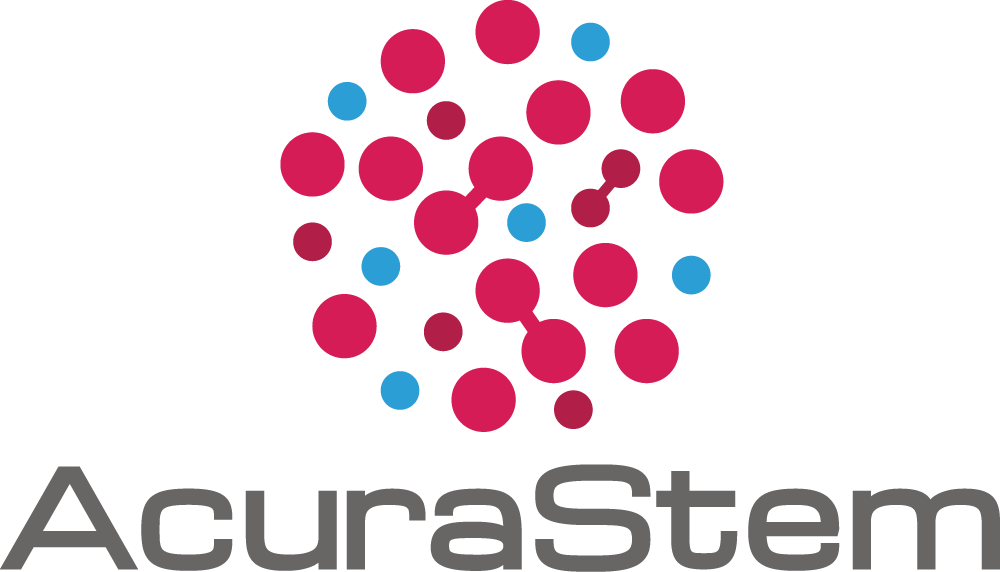Ospedale San Raffaele’s Alessandra Bolino to Lead
 |
 |
Atlanta, June 28, 2021 - The CMT Research Foundation (CMTRF.ORG), a nonprofit focused solely on delivering treatments and cures for Charcot-Marie-Tooth disease (CMT), today announced it has partnered with AcuraStem, a patient-based drug discovery platform company, and Dr. Alessandra Bolino, to test a new drug to fight CMT4B1. Dr. Alessandra Bolino, who will lead the research and testing, is a renowned expert in CMT and head of the Human Inherited Neuropathies Unit at the prestigious research hospital Ospedale San Raffaele in Milan.
CMT is one of the most common inherited neurological disorders, affecting approximately 3 million people across the globe. There are, as yet. no treatments or cures. CMT4B1 is a particularly severe and debilitating form of the disease, with the first symptoms appearing in childhood. The disease is characterized by progressive weakening and loss of muscles, frequently leading to wheelchair use, and sometimes even leading to death from weakening of the muscles that control breathing.
After years of working on this particularly devastating form of CMT, Dr. Bolino is pleased to be testing a compound that may be first to market for those affected. “After laying the scientific foundation for this kind of drug testing in CMT4B1, it is fantastic to be able to work with a drug candidate that is this promising,” says Dr. Bolino.
“We are pleased that Dr. Bolino will be testing our new compound in her CMT4B1 models, adds Sam Alworth, CEO of AcuraStem. “Patients are at the heart of everything we do at AcuraStem, and we are hopeful that our drug candidate can prevent kids with the mutations that can cause it from ever experiencing the devastation of CMT4B1.”
"All CMT is devastating, and some of the rare forms like CMT4B1 are uniquely so. At the CMT Research Foundation we are committed to ending CMT for everyone affected, from those with the commonest forms--such as CMT1A, CMTX, CMT1B, and CMT2A--to those with ultrarare forms,” says Keith Fargo, PhD, CMTRF’s Chief Scientific Officer. “We will not rest until there are effective treatments and cures available for everyone with any form of the disease."
The Science
CMT4B1 is caused by a mutation in the gene MTMR2 that is in part responsible for regulating the formation of the myelin sheath, breaking down a fatty molecule with the unusual name PI(3,5)P2. When the MTMR2 gene is mutated, this fatty molecule is present in higher levels than it should be because it is no longer being broken down efficiently. This extra PI(3,5)P2 changes the shape of the myelin sheath, leading to abnormal structures called outfoldings that eventually interfere with the normal functioning of the nerve, causing it to degenerate, which leads to the symptoms of CMT4B1.
Dr. Bolino and the scientists at AcuraStem believe that one way to reduce the amount of PI(3,5)P2 in the peripheral nerves is simply to not make as much of it in the first place. This is a little bit like turning down the faucet when the shower drain is slow to prevent the water from overflowing onto the floor. PI(3,5)P2 is normally produced by an enzyme called PIKfyve, and they hypothesize that slowing down the activity of PIKfyve could prevent the buildup of PI(3,5)P2 and the resulting CMT4B1 disease. In fact, Dr. Bolino has already shown that treating CMT4B1 cells with apilimod, a compound that inhibits the activity of PIKfyve, prevents the appearance of outfoldings.
However, apilimod breaks down rapidly in the body and for that reason is probably not a good drug candidate. The scientists at AcuraStem have developed a number of new PIKfyve inhibitors with chemical properties that make them last longer in the body, allowing them to have a longer effect on reducing the activity of PIKfyve.
The research team led by Dr. Bolino will test the most promising of these novel PIKfyve inhibitors in a two-stage project. In the first stage, the researchers will be looking for something that researchers call target engagement – does the drug do what it is supposed to do at a molecular level, that is, does it reduce the amount of PI(3,5)P2 and prevent outfoldings in the myelin sheath? This stage will involve both cellular models and rodent models. In the second stage, the researchers will be examining efficacy – does the drug prevent rodents without functional MTMR2 genes from developing symptoms of CMT4B1? Rodents will be treated daily with the drug (or a placebo) from three weeks of age to 5 months of age, which roughly translates to early childhood and mature adulthood in humans. The researchers will then test the rodents’ nerve functions and structure to determine whether the treatment prevented disease.
The full project is expected to take approximately two years to complete. While this particular project is focused on models of CMT4B1, in principle the approach could also be used in other forms of CMT that are characterized by myelin outfoldings, such as CMT4B2, CMT4B3, CMT4C, and CMT4H.

About AcuraStem
AcuraStem is a patient-based drug discovery platform company developing novel drug programs for neurodegenerative diseases. All of AcuraStem’s drug discovery is done using neurons derived from patients and modeled on its proprietary iNeuroRx® technology platform. The company is led by experts in disease modeling, machine learning and drug development.

About CMTRF
The CMT Research Foundation (CMTRF) is focused solely on delivering treatments and cures for CMT. Founded by two patients who are driven to expedite drug delivery to people who live with CMT globally, the organization funds research for drug development. The 501(c)(3) federal tax-exempt organization is supported by personal and corporate financial gifts.
Contacts:
George Simpson
CMT Research Foundation
george@georgesimpson.com
203.521.0352
Kissy Black
Director of Communications, AcuraStem
kblack@acurastem.com
615.310.1894
